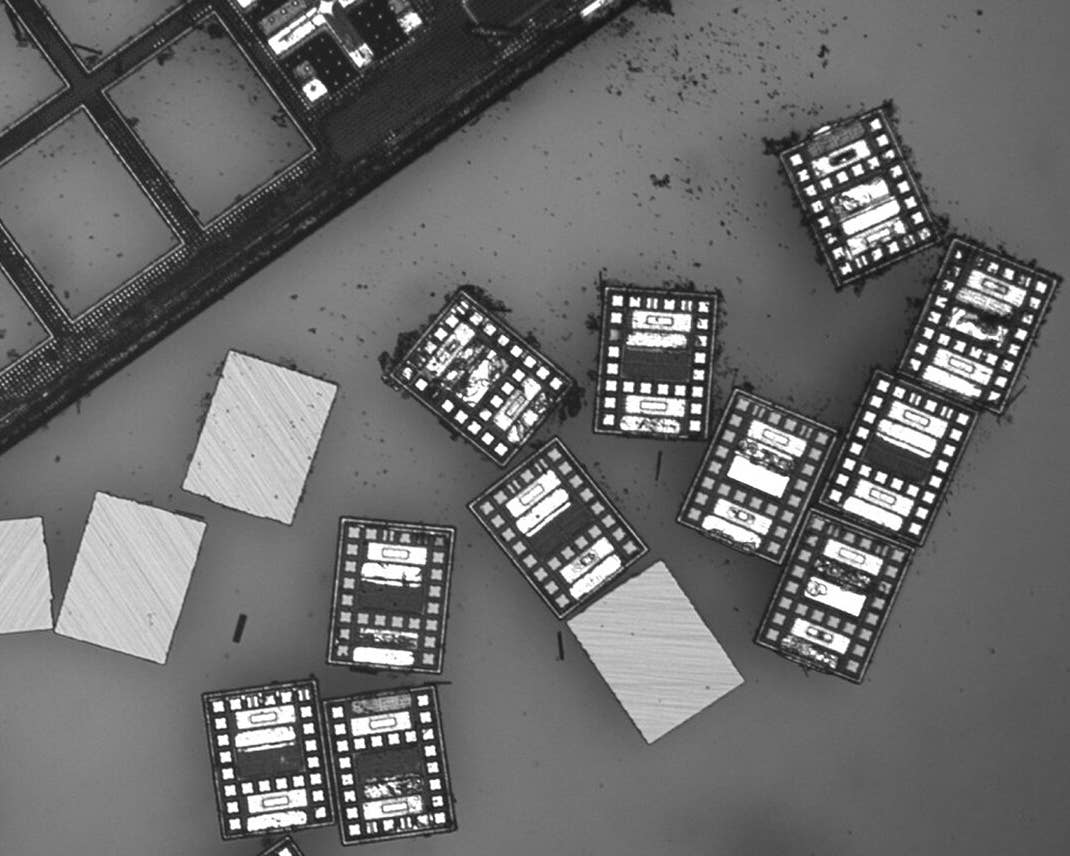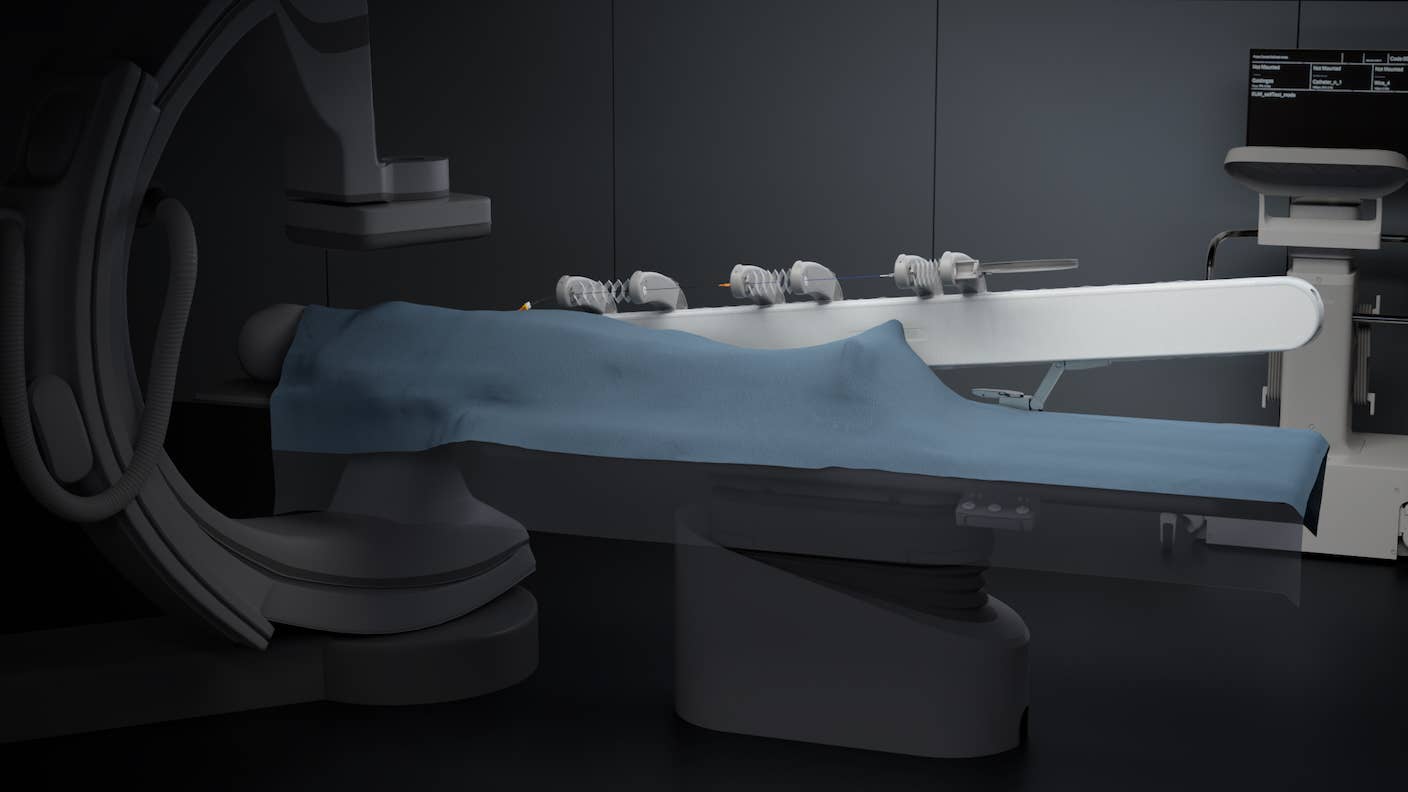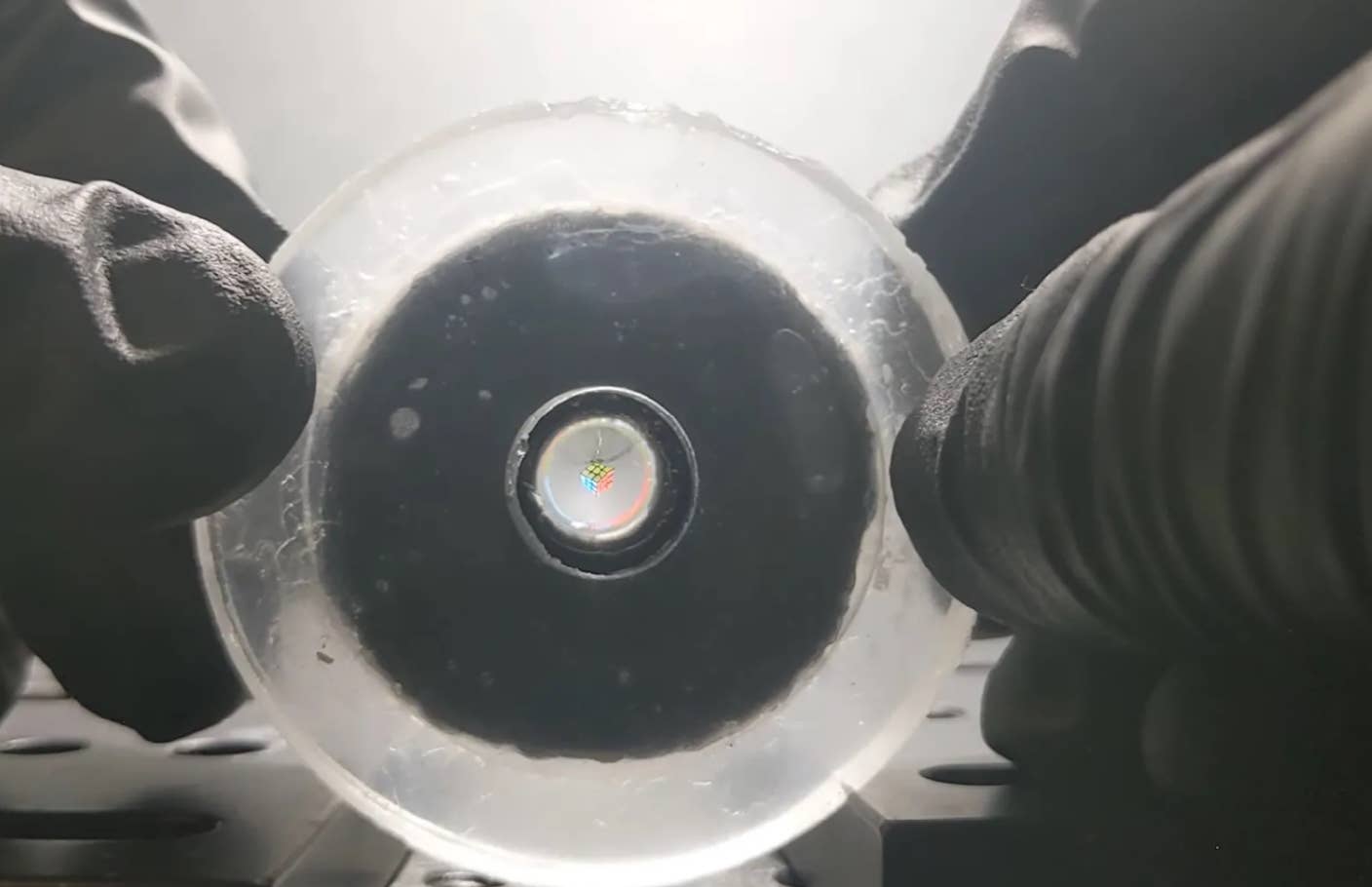DARPA’s New Initiative Aims to Make Nanoscale Machines a Reality

Share
For much of history, builders and makers fixated on the monumental—pyramids, cathedrals, skyscrapers, aircraft carriers. Increasingly, however, the cutting edge focus is smaller. Much smaller. The field of nanotechnology aims to build components or even entire machines so small they approach the atomic.
Tiny machines may cruise our bodies selectively releasing drugs, repairing cells, or hunting pathogens. Nanotechnology may yield materials with amazing new properties. But first we've got to learn how to manipulate matter on the tiniest scales.
Though nanotechnology is advancing, there is not yet a consistent, economical method of assembly. However, a new DARPA program called Atoms to Product (A2P) hopes to change that. The research focus of the initiative is to develop practical miniaturization and assembly methods at scales 100,000 times smaller than today’s most advanced techniques.
In addition to learning to better build nanoscale components and machines, DARPA is interested in making materials that exhibit useful nanoscale properties on human scales. Some of these, they say, include quantized electrical characteristics, glueless adhesion, rapid temperature changes, and tunable light absorption and scattering.
“If successful, A2P could help enable creation of entirely new classes of materials that exhibit nanoscale properties at all scales,” DARPA program manager John Main said in a news release, “It could lead to the ability to miniaturize materials, processes and devices that can’t be miniaturized with current technology, as well as build three-dimensional products and systems at much smaller sizes.”
Main notes that such assembly naturally occurs in plants and animals, each of which is made up of cells and proteins a million or a billion times smaller than the organism itself. He hopes to enable similar assembly for manmade materials and devices.
Though the announcement didn't specify exactly what approaches will be pursued, a few fascinating methods we've covered for making on tiny scales include specially folded DNA and 3D printed structures with nearly nanoscale details. (See video.)
Be Part of the Future
Sign up to receive top stories about groundbreaking technologies and visionary thinkers from SingularityHub.


Though Atoms to Product is a new program, it isn’t DARPA's first foray into nanotechnology. The agency has funded research over the years, including prior study of tip-based nanofabrication using Atomic Force Microscope cantilevers and tips (these are a bit like record player needles with tips a few atoms wide).
Will the agency's latest nanotechnology efforts yield a breakthrough? Maybe, maybe not. But DARPA is known for early involvement in hugely influential technologies like GPS, the internet, and graphical user interfaces. Recent projects include self-driving cars and advanced robotics (among an array of other emerging technologies).
DARPA's work is often of the moonshot variety. Not all of it will necessarily have immediate impact. But when it does work, it tends to go big. Advanced nanotech is in that category. More practical approaches to building on the nanoscale could have wide ranging influence from health and medicine to manufacturing and materials science.
Learn more about the research at DARPA.mil, “Atoms to Product: Aiming to Make Nanoscale Benefits Life-Sized.”
I enjoy all types of futurology. I especially enjoy staying up to date with the latest advancements in machine learning and artificial intelligence. You can usually find me roaming the depths of the internet.
Related Articles

These Robots Are the Size of Single Cells and Cost Just a Penny Apiece

In Wild Experiment, Surgeon Uses Robot to Remove Blood Clot in Brain 4,000 Miles Away

A Squishy New Robotic ‘Eye’ Automatically Focuses Like Our Own
What we’re reading